Articles

Sensit Wearable Manual
Manual on how to use the Sensit Wearable and the Sensit Wearable Development Kit.
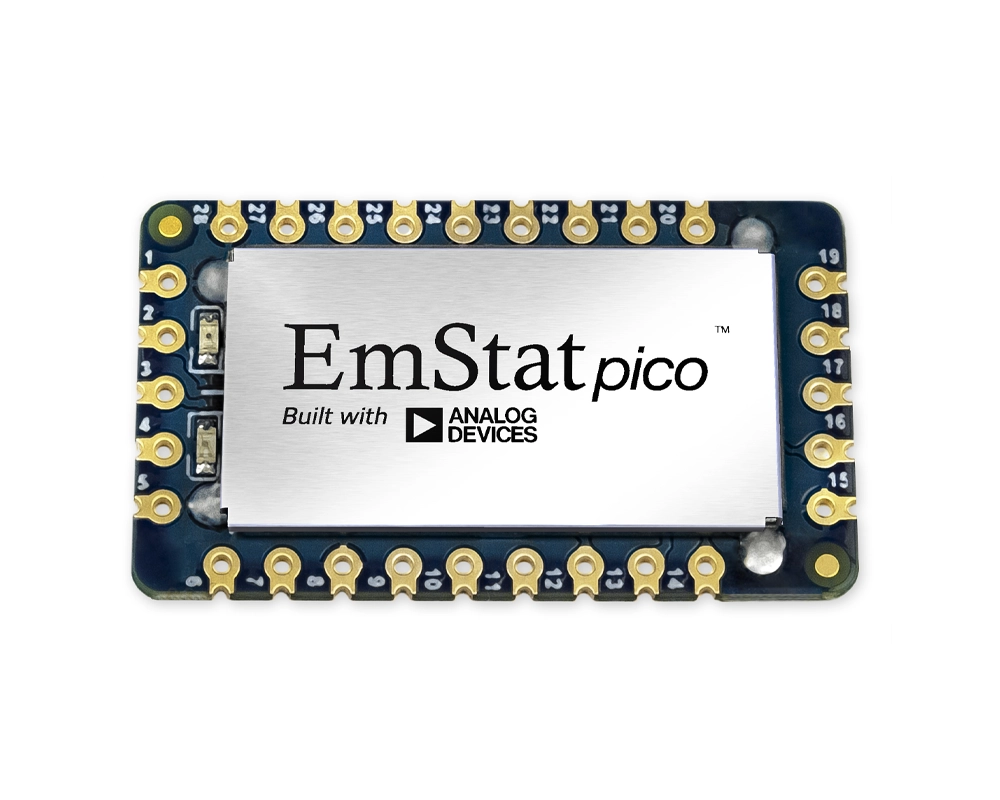
EmStat Pico firmware updating
Shows how to update the firmware on an EmStat Pico module, or any of the Sensit Series instruments.
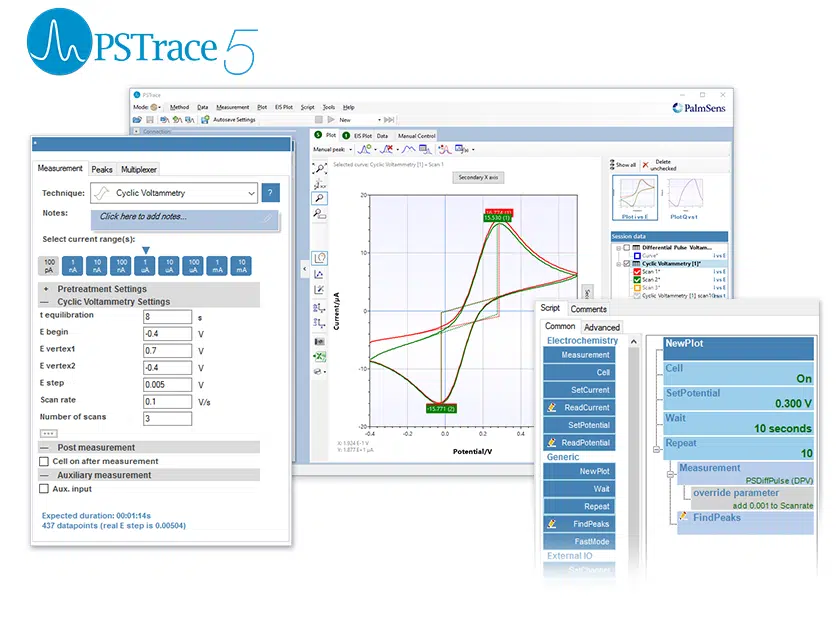
PSTrace PC software for all single channel instruments
PSTrace software is shipped as standard with all single channel and multiplexed instruments. The software provides support for all techniques and device functionalities.

MethodSCRIPT code examples
MethodSCRIPT code examples include:
- MethodSCRIPTExample_C
- MethodSCRIPTExample_C_Linux
- MethodSCRIPTExample_C#
- MethodSCRIPTExample_Arduino
- MethodSCRIPTExample_Python
- MethodSCRIPTExample_iOS
- MethodSCRIPTExample_Android
Every code example comes with a "Getting Started" document.
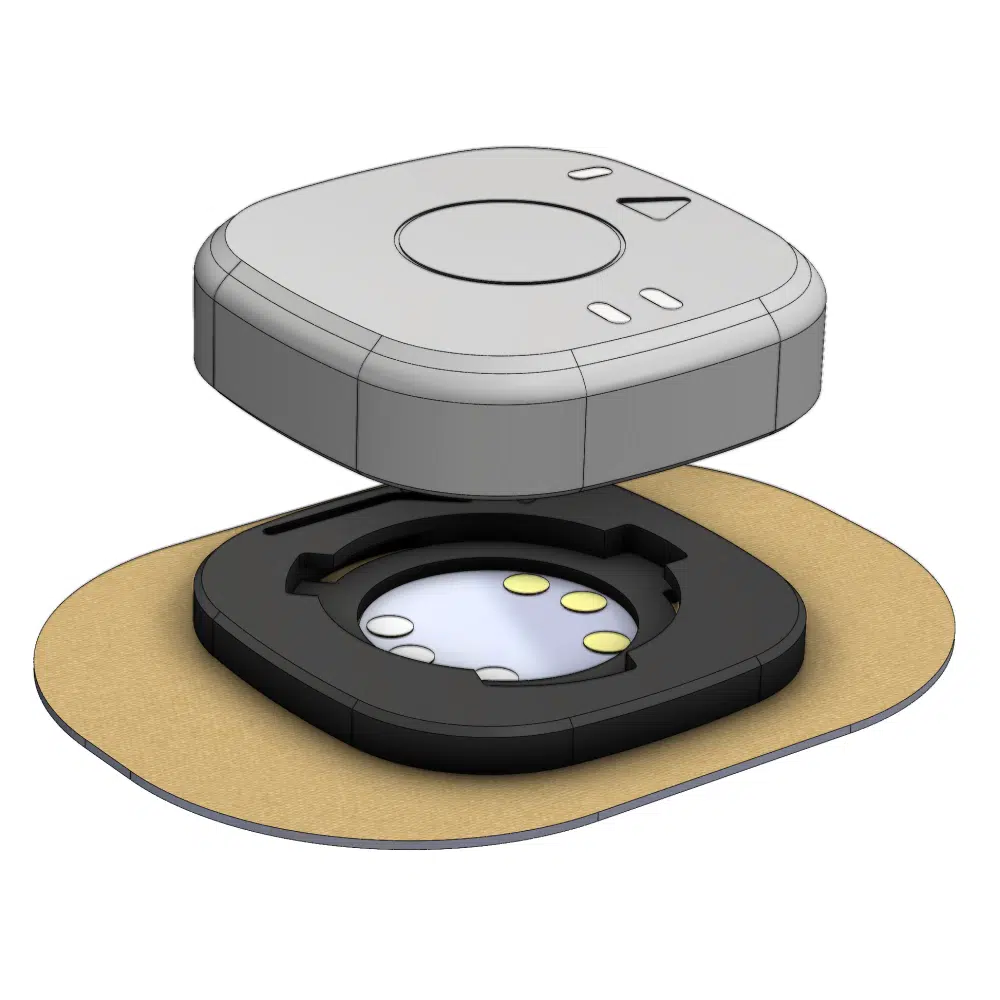
Mounting Bracket Technical Drawing
STEP files of the Sensit Wearable mounting bracket. Can be used for reference or for 3D printing.

Mounting Bracket STEP files
Drawing of mounting brackets, to be put on a custom electrochemical biosensor.

Sensit Wearable Brochure
Brochure of the Sensit Wearable with supported techniques, specifications and more details.

What is noise, and how to avoid noise in electrochemistry?
Having noise in your electrochemical measurement? Looking for ways to reduce noise? This video is for you. Our electrochemist Lutz Stratmann will explain the concept of noise, and...
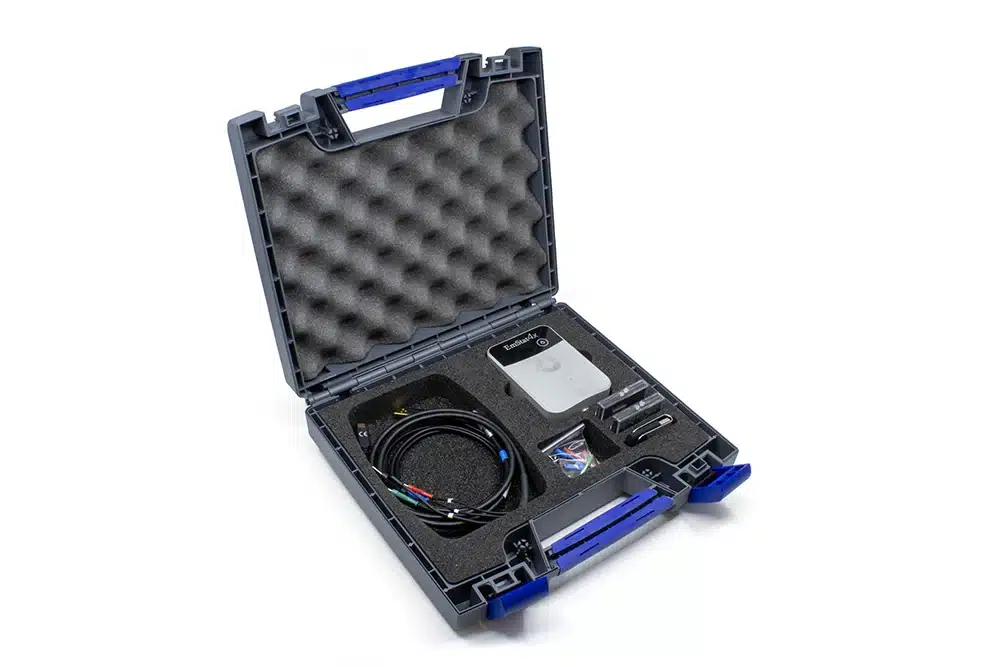
Unboxing the EmStat4X portable potentiostat & running a first measurement
The EmStat4X is a portable single-channel potentiostat with Bluetooth and a battery. The EmStat4X supports all popular techniques, goes up to 200 mA and the number of channels is ...

Corrosion Handbook
Theory and practical advice for corrosion measurements. This handbook explains some basic knowledge of corrosion research with a focus on Linear Polarization Curves and Electrochemical Impedance Spectroscopy (EIS). Furthermore, it should afterward be possible to have a general idea of what can be read from the Tafel plot and the EIS spectrum. Typical shapes of curves and spectra will be shown, to develop some feeling for possible phenomena and indicators.

OG Carbon 2.0 – New Silver Brochure
OG Carbon screen-printed carbon electrodes (SPCEs) are low cost, disposable and of high quality. They are perfect for biosensor research, quality control systems and teaching of electrochemistry.
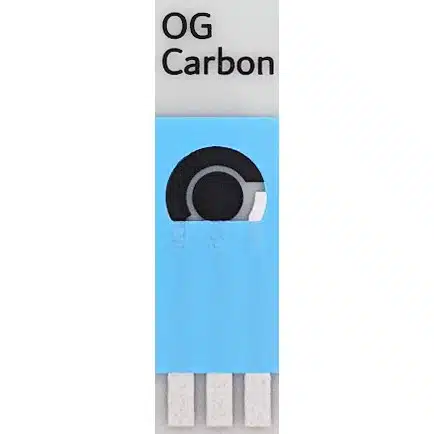
OG Carbon 2.0 Brochure
OG Carbon screen-printed carbon electrodes (SPCEs) are low cost, disposable and of high quality. They are perfect for biosensor research, quality control systems and teaching of electrochemistry.
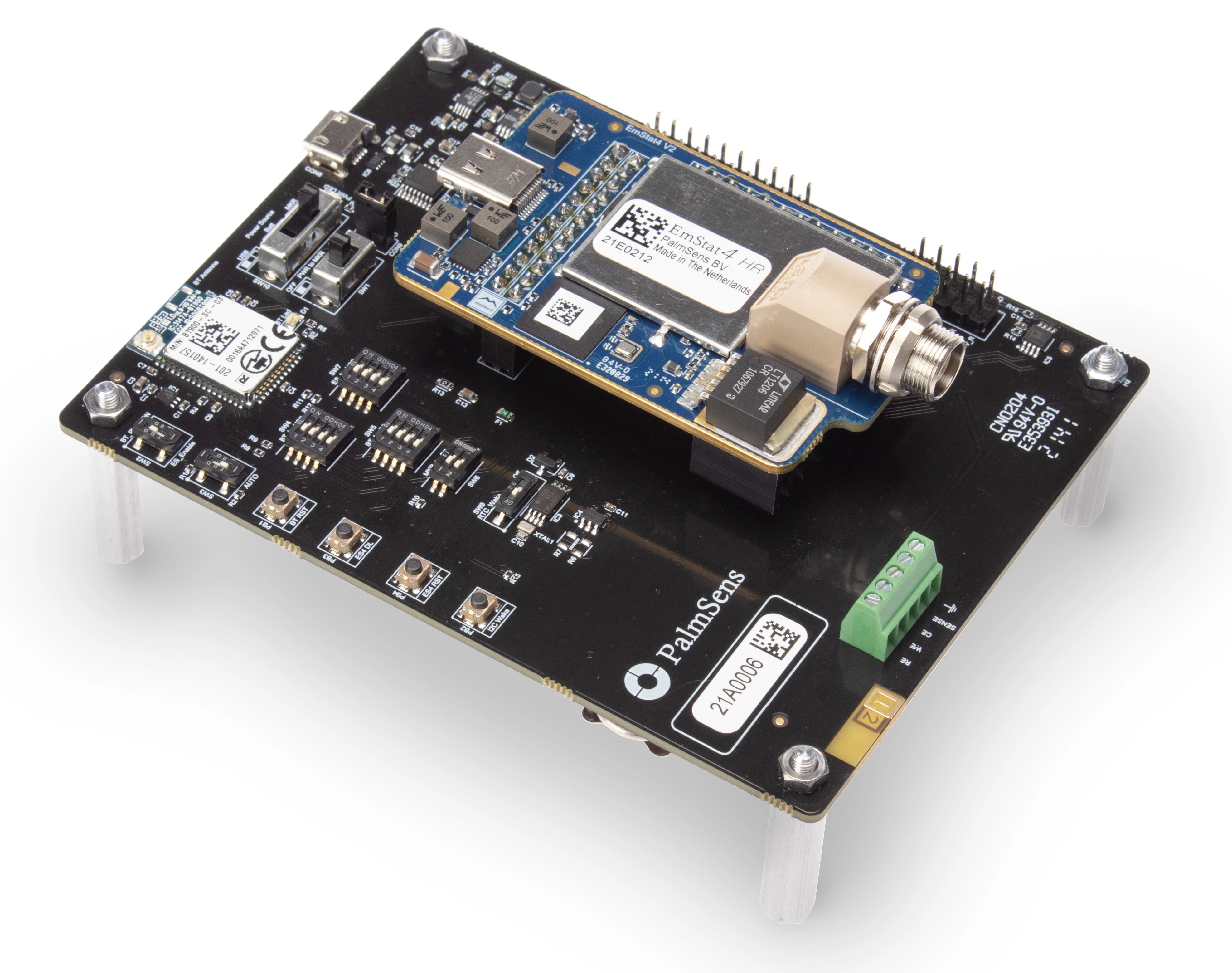
EmStat4M Development Kit Manual
This manual helps you to setup the EmStat4M Development board and explains what is in the Kit.
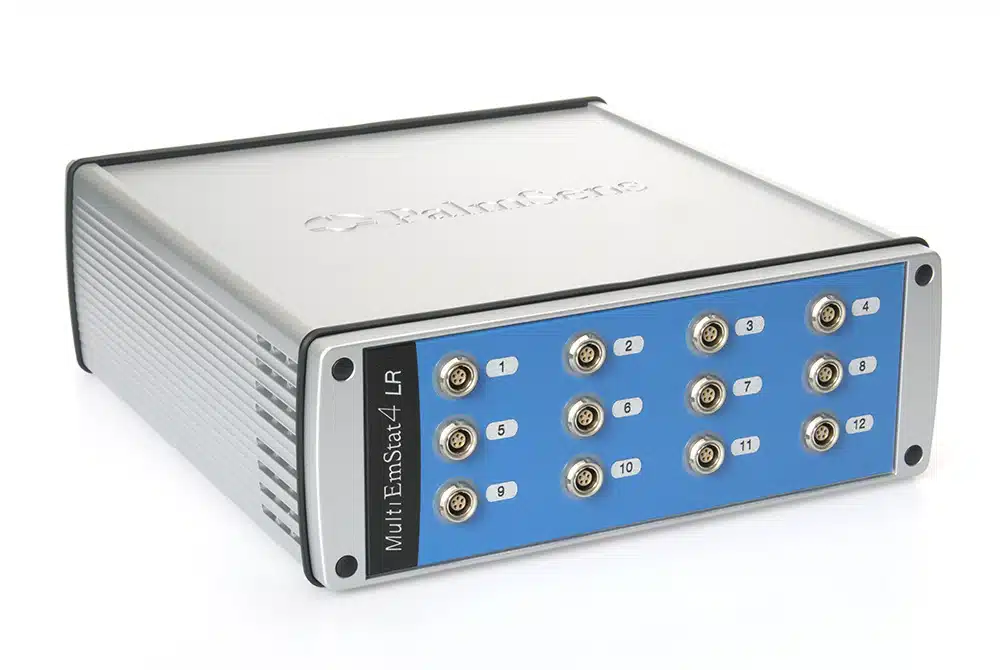
MultiEmStat4 Brochure
MultiEmStat4 Brochure, a Multi-Channel Potentiostat, Galvanostat and Impedance Analyzer.
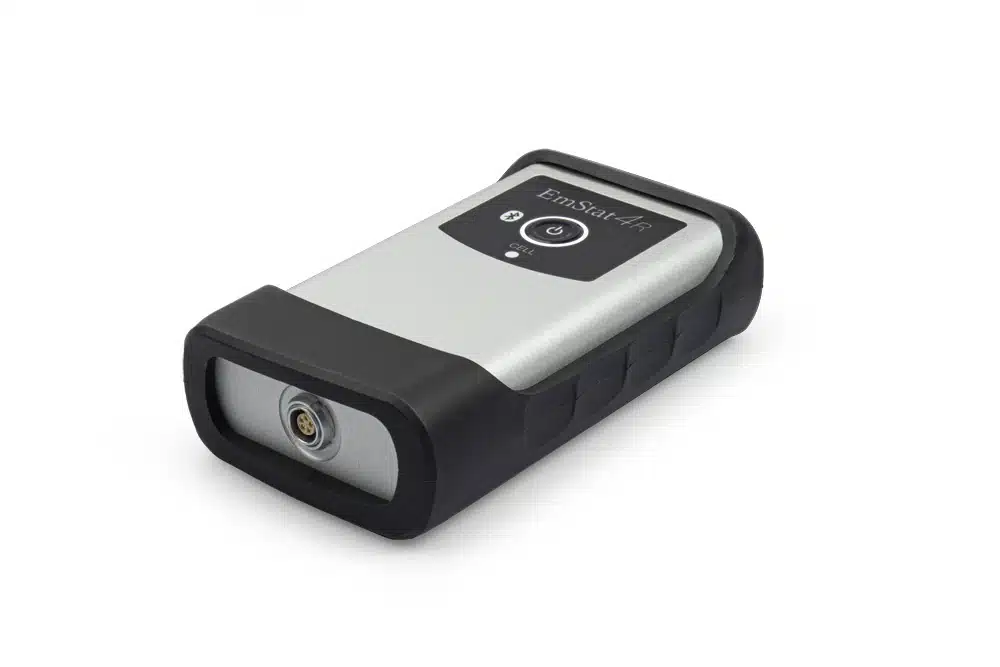
EmStat4R Brochure
The EmStat4R brochure contains an overview of all the supported techniques, specifications, kit contents, the software PSTrace, the Android app PSTouch and MethodSCRIPT
EmStat4S Brochure
The EmStat4S brochure contains an overview of all the supported techniques, specifications, software, EIS accuracy contour plots, kit contents, and more.
EmStat4M Brochure
EmStat4M Brochure including main specifications and practical limitations.
